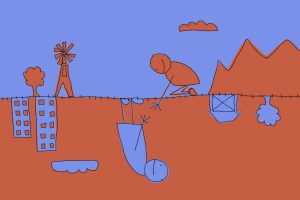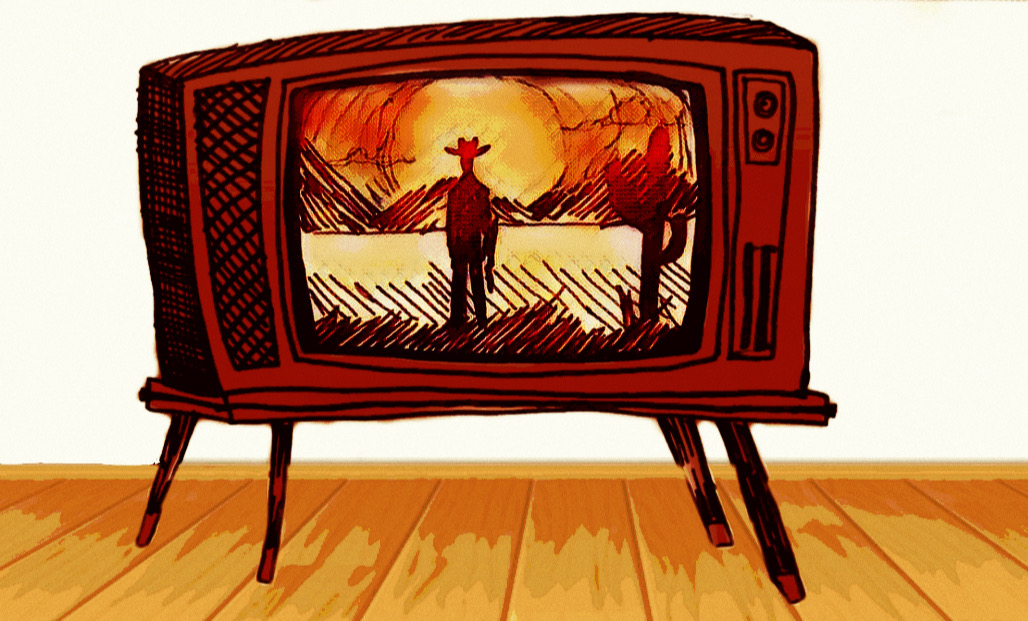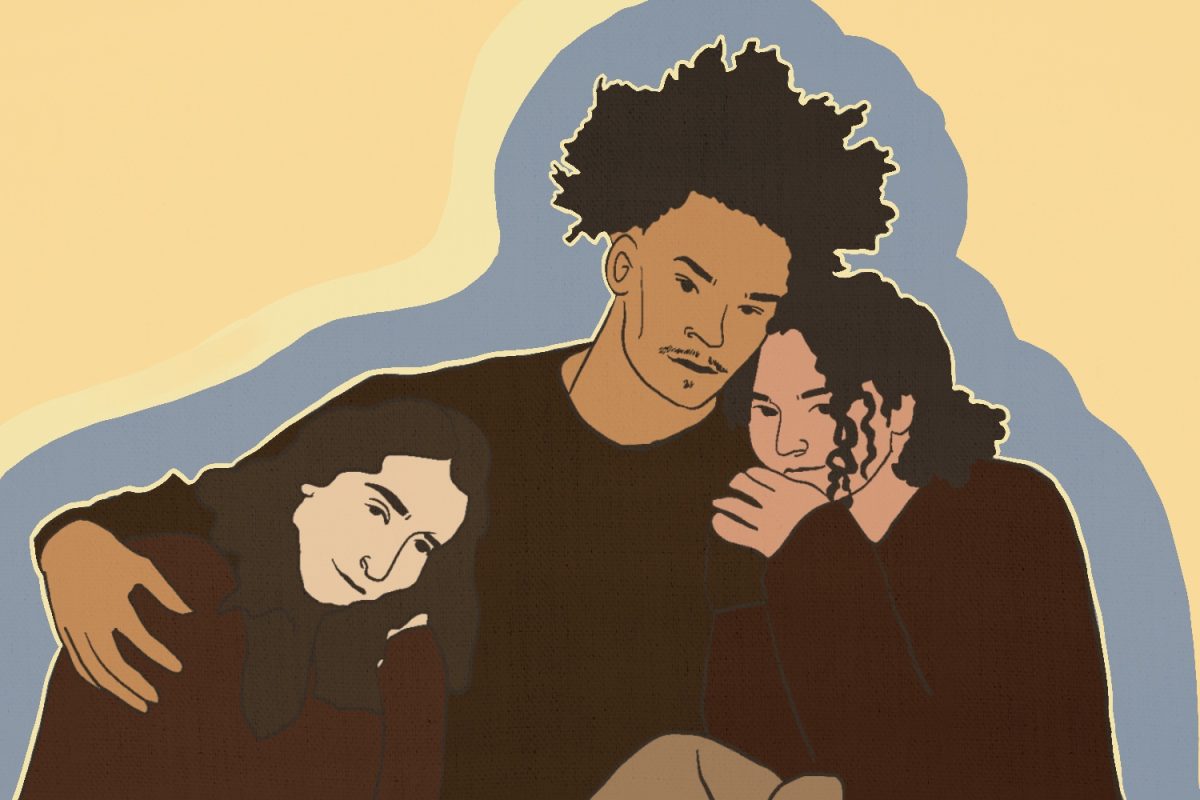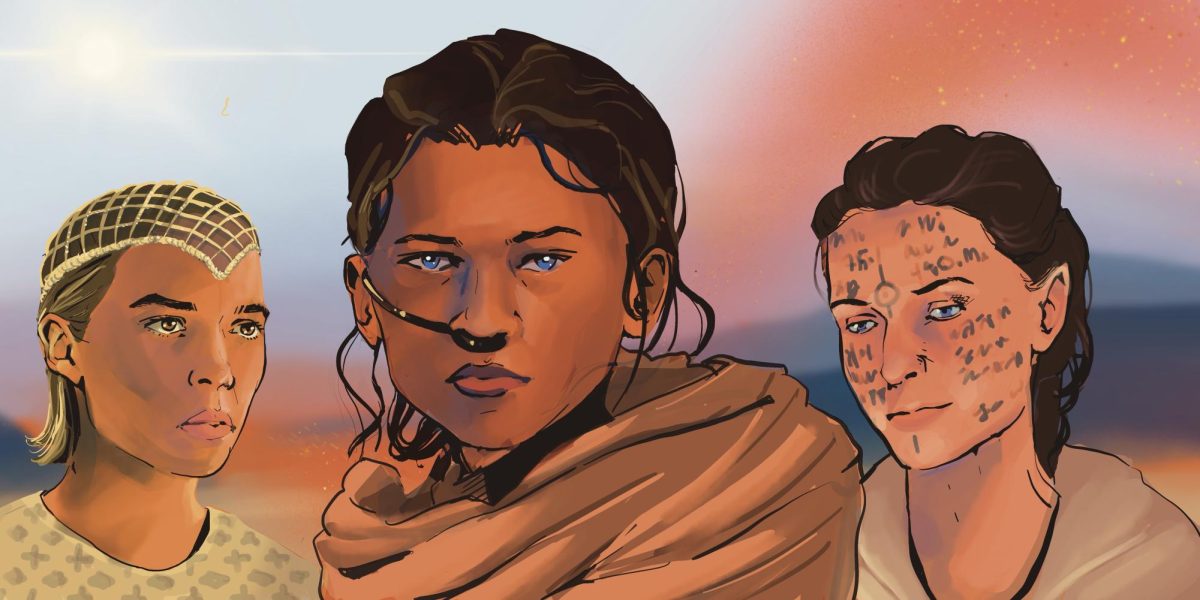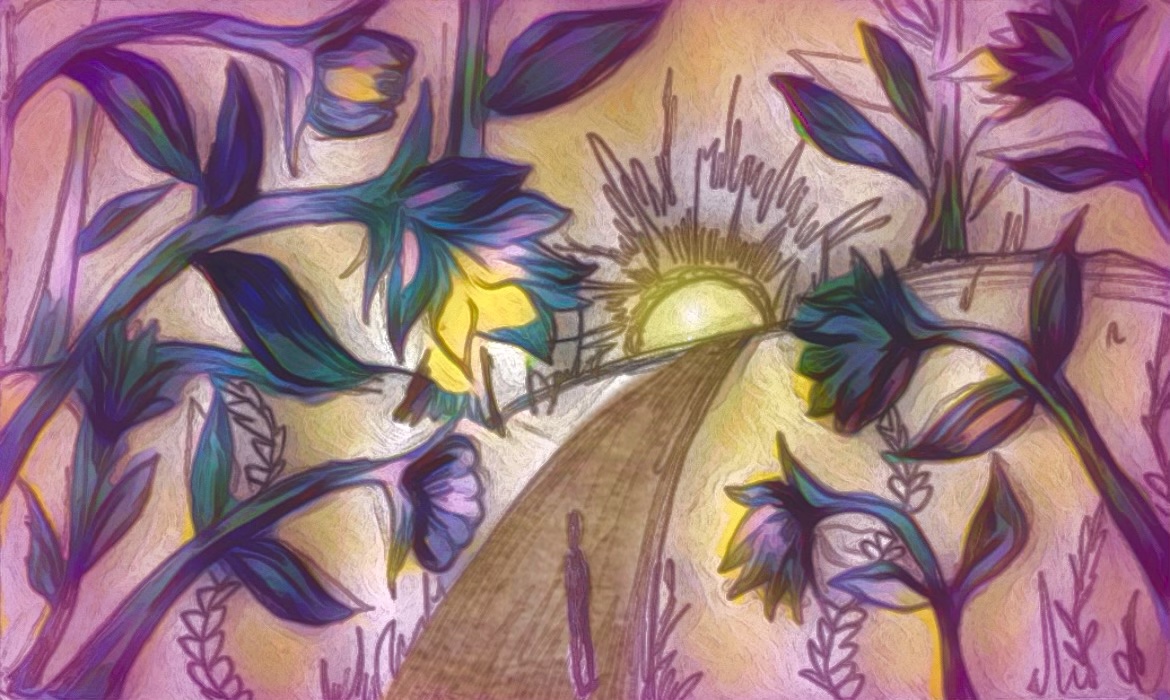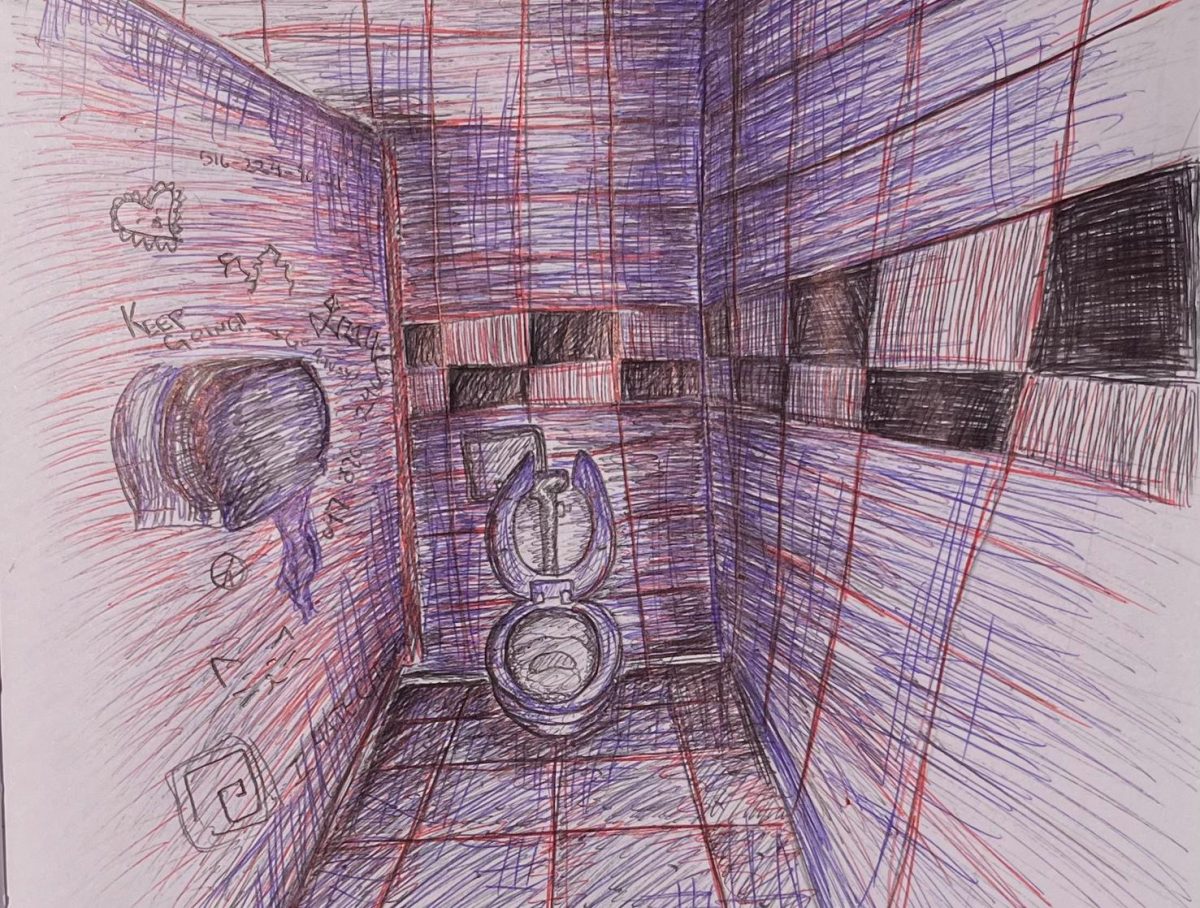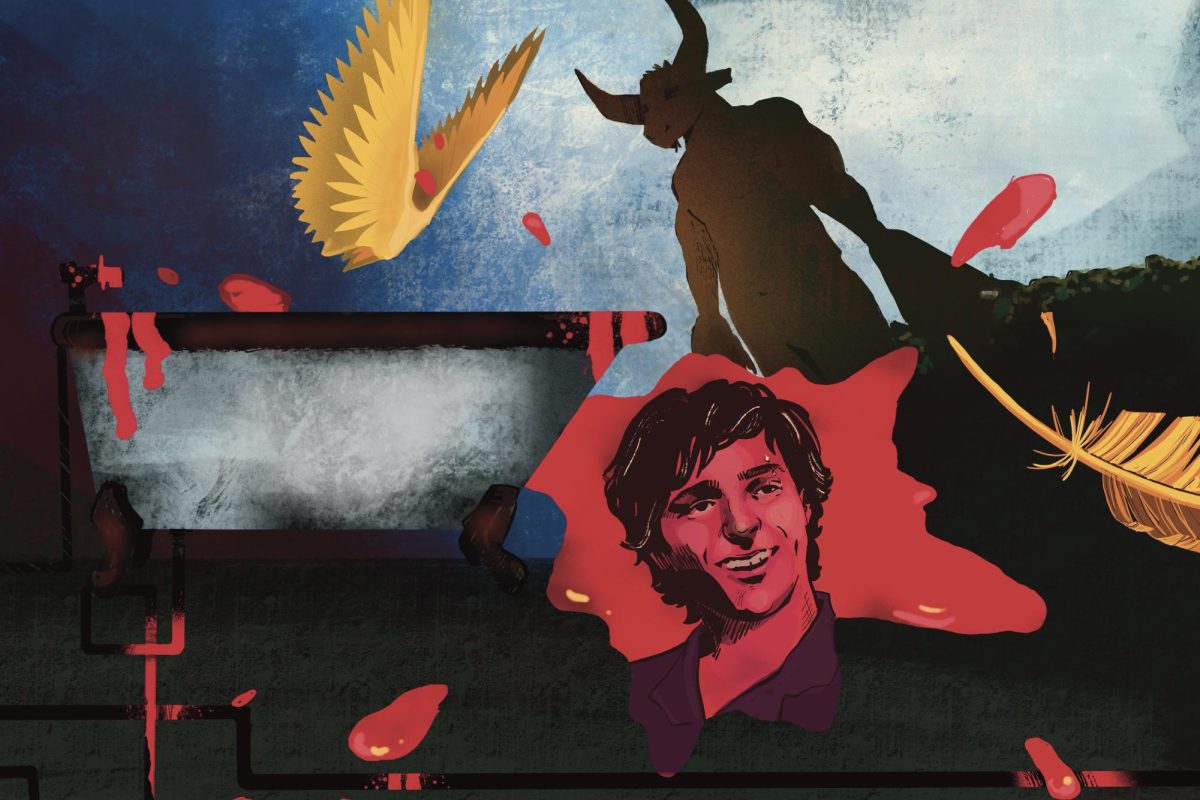?The Fleming Museum welcomes people of all ages to experience the wide variety of sculptures, paintings and artifacts from around the world and throughout history that are held within.The most impressive element of the museum, a Roman marble courtyard, frames sculptures and connects to an equally magnificent staircase that diverges into many rooms in which artworks and relics are presented.The Cynic sat down with the Fleming?s newest curator, Debora Wood, to discuss her history in the arts, what is important about curating a museum and what the community has to look forward to at the Fleming this upcoming year.?[D: This needs a butt-load of cutting. Just mark what you think is least interesting.]?Vermont Cynic :What is your background in curating and what about it do you enjoy?Debora Wood (DW):I attended Cornell University for my undergraduate degree, majoring in painting and printmaking. And then my graduate degree is from the University of Wisconsin, Madison, majoring in printmaking.?It was when I started graduate school that I got a job at a museum; at the time it was called the Elvehjem Museum?they are now the Chazen Museum.?When I was accepted into Wisconsin, I went into town literally right after graduation. I drove from upstate New York to Wisconsin to tour the facilities, look for an apartment and find a job.?I just walked into the museum and said, ?I understand you might have some positions available.??So I worked for most of my graduate school years in the print room as an assistant, doing everything from matting the collection to researching the collection to aiding and mounting exhibitions.?It was my first insight into what it is like to work at a museum, which for me, at the time, was very appropriate for the work I was doing.?My work in printmaking at the time was based on appropriating pre-existing images, assembling them together into a new context.?So it was taking the history of printmaking, what prints do best, which is reproduce things, and mixing contemporary images with art historical images, all putting them together to reformulate or sort of comment on how we view the body and how we perceive sexuality.?It was that deep stuff that you do when you?re in graduate school. It was great.?VC:When you think about curating a museum, what is important to you?DW: What I like about it is the research that?s involved, and learning about some of the objects and particularly with being an artist myself I have this compulsion to make sure that the artist?s original intent with their work is preserved and presented.?That?s been another aspect to something that?s been pretty fascinating to me. One reason I?ve enjoyed so much working with contemporary artists, living artists as well as researching historical artists, is thinking of where they fit into the larger perception of culture and history.?VC: What are your goals as curator for the Fleming?DW: I?ve only been here since July, so a lot of what I?ve been doing is reading about the museum?s history, the history of their collection [and] thinking about how they?re presenting their permanent collection.[D: can probably cut this?]?VC: What are some main events at the museum that we can look forward to attending?DW: ?Eat, the Social Life of Food.? And then Oct. 1 we are opening ?Look Again, Images of Daily Life,? which is about the concept of genres in art. It?s making that comparison of current images with people who are still doing that today.?The museum will also be showing a documentary, ?Dorothy and Herb Vogul,? about the couple who collected over four thousand pieces of artwork over their lives, and, upon passing, donated it to museums throughout the United States, including the Fleming.?VC: Any exhibitions in particular that you have been working on?DW: [Showing a piece] This is a 16th century print in the collection, that currently is attributed to Christoff Yemintser; I am guessing that it most likely very much his work but I would have to do more research to know for certain but what?s interesting to me is the shape of the paper.?This was printed from a metal plate on a sheet of paper that would be slightly larger than that plate.?It was totally common to trim things to the edge of the plate; this, I think it?s interesting how it?s trimmed to the edge of the image. At least on the bottom half of it, the top and sides have been left vertical.What I want to find out is when the trimming took place. Is this something that was done close to the time of this work?s creation, and was this intended for another purpose?12





